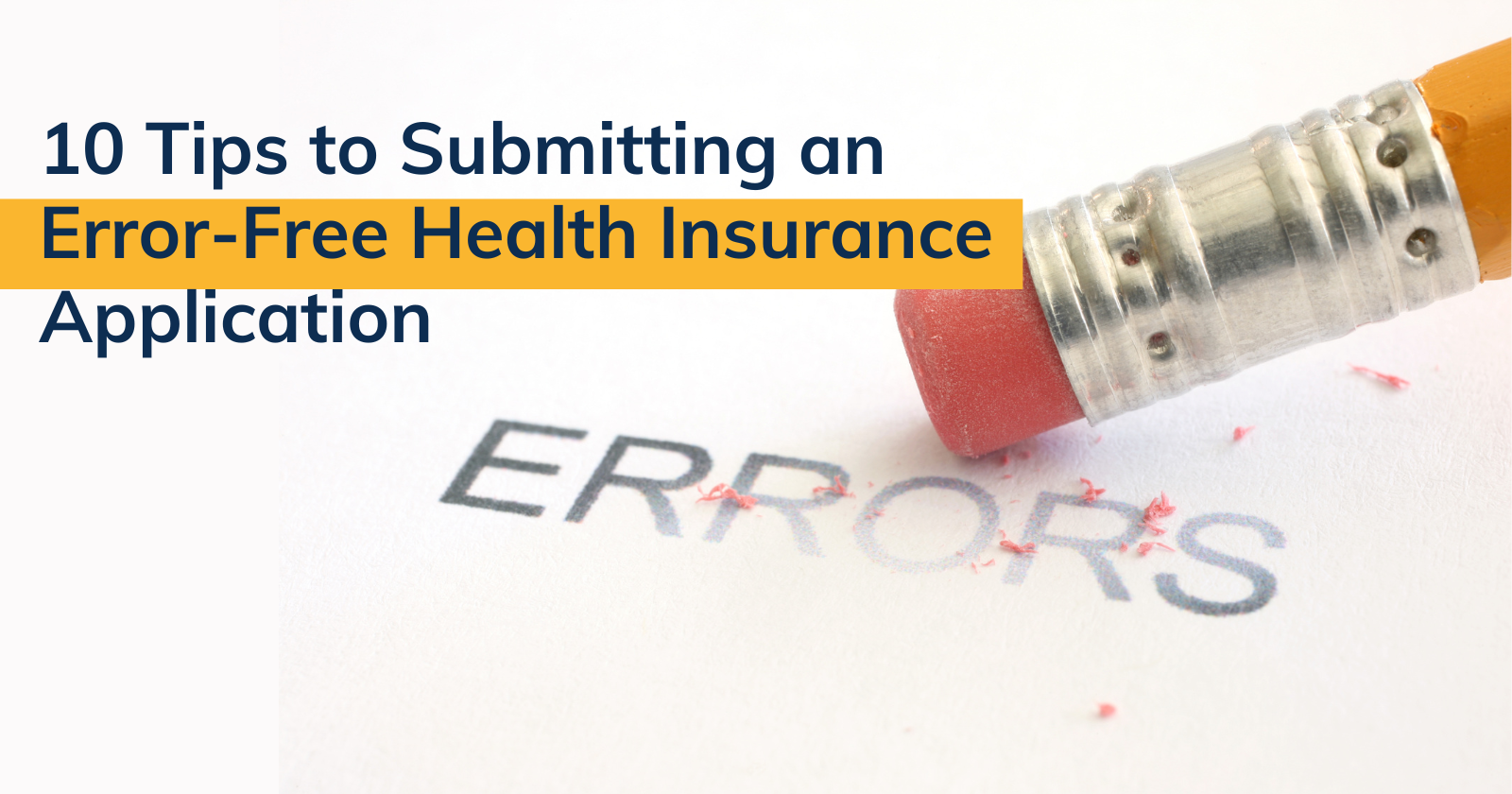
1. Prepare Thoroughly:
Before diving into the application process, take the time to thoroughly prepare all necessary documents and information. This includes personal details, employment information, and any relevant medical history. Being well-prepared will not only save time but also reduce the likelihood of errors during the application process.
2. Write Neatly and Legibly:
While this may seem like a basic tip, the importance of neat and legible handwriting cannot be overstated. Illegible information can lead to misunderstandings and potential errors when processing applications. Ensure that all forms are filled out with clear and readable handwriting to avoid any complications.
3. Keep in Compliance with SOA Rules:
Understanding and adhering to the rules and regulations set by the System for Electronic Rate and Form Filing (SERFF) and other relevant organizations is crucial. Non-compliance can result in delays or rejections. Stay informed about the latest updates and changes in the industry to ensure that your applications align with the current standards.
4. Provide Details Where Required:
Comprehensive information is key to a successful application. Be diligent in providing all required details, especially in sections that explicitly ask for specific information. Incomplete forms can lead to delays or denials, so double-check each section to guarantee that nothing is overlooked.
5. Select a PCP When Necessary:
In some health insurance plans, selecting a Primary Care Physician (PCP) is mandatory. Ensure that your clients are aware of this requirement and clearly communicate the importance of choosing a PCP. If the plan allows for auto-assignment, make sure to indicate this preference in the appropriate section to avoid any delays in processing.
6. Match the Attestation with the Election Period:
Stay attentive to the details of the election period and make sure that all required dates are accurately filled out. Whether it’s indicating the date of coverage loss or providing additional information for Special Enrollment Periods (SEPs), matching the attestation with the election period is essential for a seamless application process.
7. Never alter a Client’s Signature:
Maintain the integrity of the application by never altering or modifying a client’s signature. Any unauthorized changes to signatures can raise ethical concerns and may result in serious consequences. Always prioritize honesty and transparency throughout the application process.
8. Make Sure the Application Is Complete:
Before submitting any application, thoroughly review all sections to ensure completeness. Missing or overlooked information can lead to delays in processing. A comprehensive review will help catch any potential errors before submission.
9. Submit the Application on Time:
Timing is crucial in the health insurance application process. Submitting applications within the specified deadlines is essential to avoid coverage gaps and ensure a smooth transition for your clients. Stay organized and create a timeline to track application submissions accurately.
10. When in Doubt, Call for Help:
If you encounter any uncertainties or complexities during the application process, don’t hesitate to seek assistance. Reach out to the carrier’s support team or contact relevant regulatory authorities for clarification. It’s better to address questions or concerns upfront than risk a delayed or rejected application.
Submitting an error-free health insurance application requires attention to detail, compliance with regulations, and effective communication with clients. By following these ten tips, you can enhance your application process, ensuring a smoother experience for both you and your clients. Stay informed, be proactive, and prioritize accuracy to navigate the intricacies of health insurance applications successfully.

